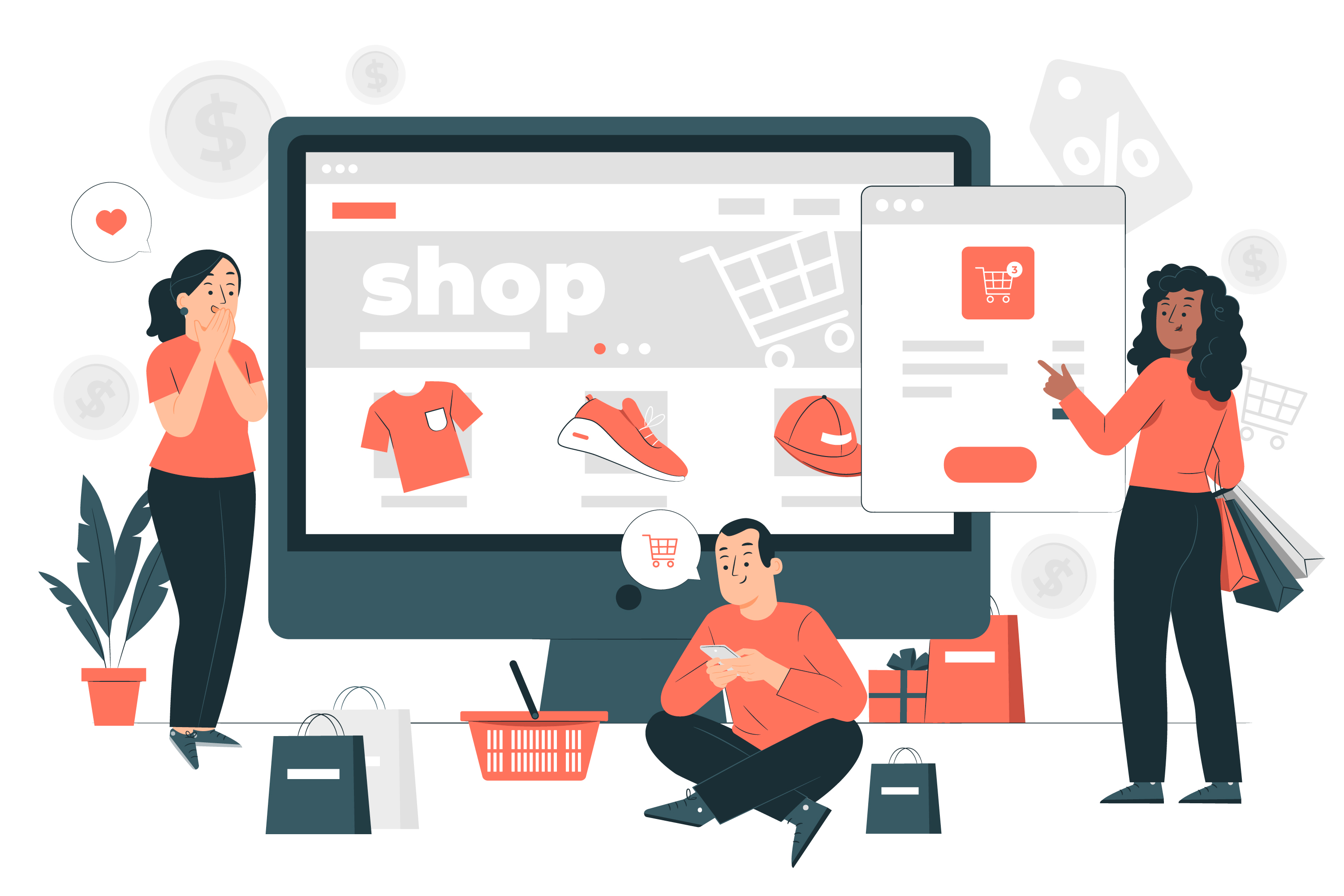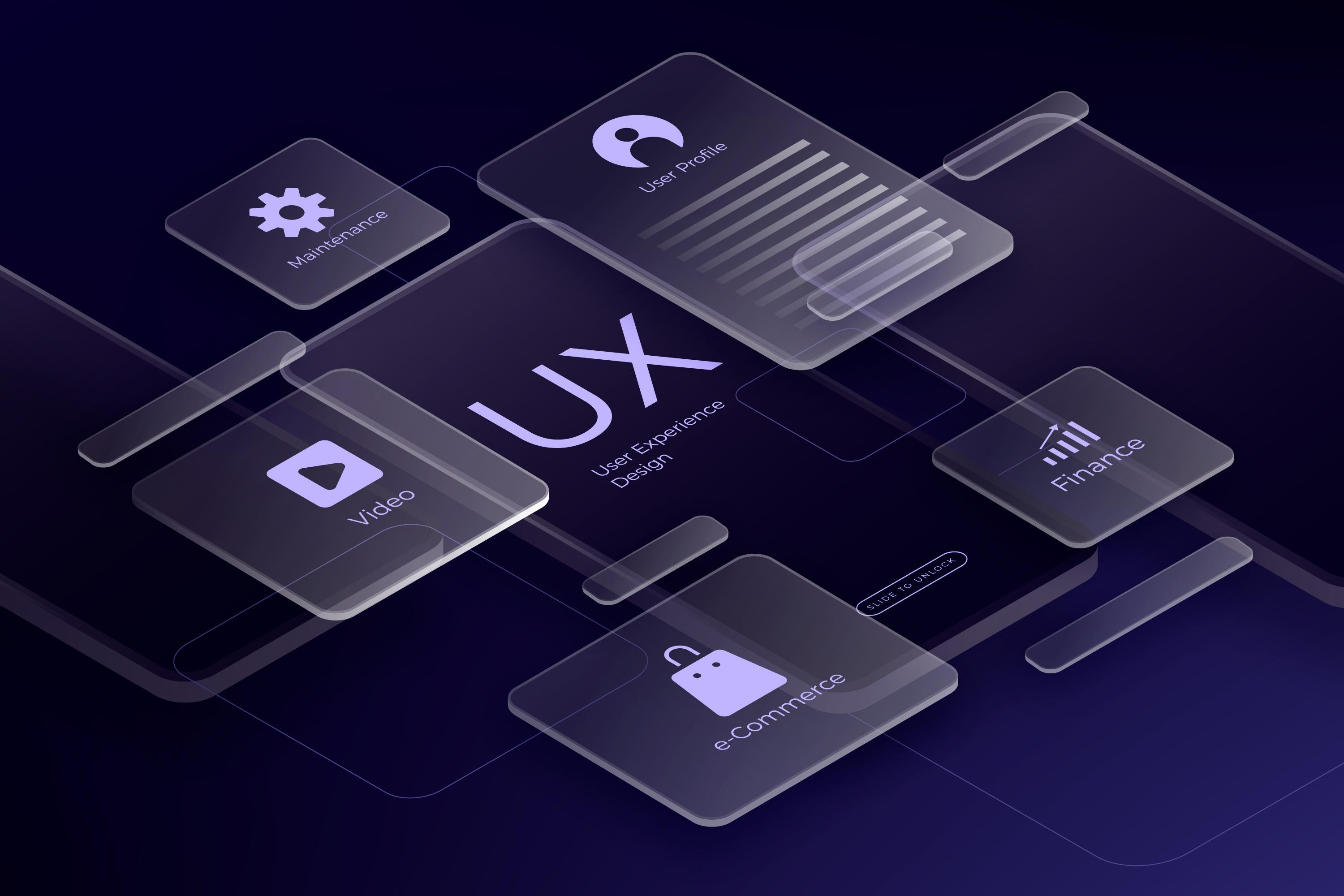🚀 Custom PrestaShop Development: Why It's the Best Choice for Scalable E-commerce 💡
Custom PrestaShop Development: Why It's the Best Choice for Scalable E-commerce
In the fiercely competitive world of e-commerce, selecting the right platform for your online store is absolutely critical to ensuring its long-term success and scalability. PrestaShop, especially when leveraged through custom PrestaShop development tailored to a business’s specific needs, stands out as one of the best options available. Below, we’ll explore the reasons behind this claim and directly compare PrestaShop with other popular alternatives on the market.
Understanding PrestaShop: The Open-Source Powerhouse
PrestaShop is a powerful, open-source e-commerce platform designed to offer professional and highly scalable solutions for online store creation. Its modular nature allows users to customize nearly every aspect of their shop, from the design and user experience to advanced back-end functionalities. This makes it a versatile solution, perfectly suited for everyone from entrepreneurs just starting out to established businesses looking to drastically optimize their digital presence.
The Unbeatable Benefits of Custom PrestaShop Development
Choosing custom PrestaShop development means investing in a platform that adapts to your business, not the other way around. This adaptability is key to long-term success.
- Flexibility and Tailored Customization: This is the most compelling feature of PrestaShop. Custom development allows you to fine-tune the store to your specific business requirements and customer preferences, providing a truly unique and brand-aligned shopping experience that stock solutions simply can’t match.
- Integrated SEO Optimization: PrestaShop offers a solid, search-engine-friendly structure right out of the box. With custom PrestaShop development, developers can further refine URL structures, optimize site speed, and manage meta-data easily, ensuring top-tier visibility and attracting high-quality organic traffic.
- Efficient Inventory and Logistics Management: The platform provides total control over stock and logistics, which is essential for maintaining smooth operations as your business scales. Custom integrations (via APIs) allow for real-time synchronization with ERPs, avoiding overselling and streamlining fulfillment.
- Native Multi-Store Capability: PrestaShop natively allows you to manage multiple online stores—even those with different brands or product lines—from a single back-end dashboard. This simplifies management dramatically and is a huge benefit for businesses focused on scaling their portfolio.
- Multi-Language and Multi-Currency Support: With support for over 30 languages and built-in multi-currency management, PrestaShop makes international expansion easier than almost any other platform, providing a localized experience for global customers.
PrestaShop vs. The Competition: Why Customization Wins
When considering a scalable e-commerce platform, you need to weigh flexibility against complexity and cost. Here is a clear, direct comparison:
WooCommerce
| Aspect | PrestaShop (Custom) | WooCommerce |
| Native Functionality | Offers many essential e-commerce tools out of the box (Multi-store, Advanced Inventory). | Requires numerous third-party plugins (often paid) to achieve the same level of functionality. |
| Performance/Speed | Can be highly optimized for speed, especially with clean code from custom development. | Performance and speed can be severely impacted by reliance on multiple plugins. |
| Scalability | Designed from the ground up specifically for e-commerce scalability. | Scalability can become complex and expensive, often limited by the underlying WordPress core. |
Shopify (SaaS)
| Aspect | PrestaShop (Custom) | Shopify (SaaS) |
| Cost Structure | High initial development investment, but lower recurring costs and no transaction fees. | Low initial setup cost, but high monthly fees and mandatory transaction fees (unless using Shopify Payments). |
| Ownership/Control | Full code ownership and complete control over the hosting environment. | Code and platform remain owned by Shopify; you are renting the software. |
| Customization Depth | Unlimited. Any unique business logic can be built (e.g., custom discount engines). | Customization is limited to the platform’s API and theme liquid files. Core functionality is off-limits. |
Magento (Adobe Commerce)
| Aspect | PrestaShop (Custom) | Magento |
| Complexity & Learning Curve | Balanced; requires development expertise but is manageable for mid-sized teams. | Extremely complex; often requires large teams and significant, ongoing resources. |
| Cost of Ownership | More cost-effective for mid-market businesses seeking high performance. | High total cost of ownership (TCO) due to complexity, hosting demands, and licensing fees (for Commerce edition). |
| Target Audience | Ideal for high-growth SMEs and mid-market businesses. | Best suited for large enterprises with specialized, complex B2B/B2C requirements. |
In comparison, PrestaShop strikes a near-perfect balance between enterprise-grade functionality, deep custom PrestaShop development potential, and manageable recurring costs. It delivers the customization power of large platforms without the overwhelming complexity and expense.
Success Spotlight: MobileAdds
The case of MobileAdds perfectly illustrates how custom PrestaShop development can drive the success of a truly scalable online store, especially in specialized markets like B2B.
This project focused on developing a dedicated B2B store built on the PrestaShop platform to meet specific business needs. The key to its success was deep, seamless integration:
- Custom API Integration: Inventory and order management were automated through API integration for real-time synchronization, which is vital for maintaining accurate stock and smooth logistics.
- Targeted Functionality: The development included customized payment systems, unique shipping options, and a proprietary, complex discount logic tailored only for B2B transactions.
- Global Readiness: Implementation of a multi-language and multi-currency system allowed users to conduct purchases in their preferred settings, immediately preparing the business for international expansion.
Thanks to this highly tailored PrestaShop development, MobileAdds gained an efficient, friction-free purchasing experience perfectly adapted to the B2B environment, automating order management and ensuring precise, real-time stock control. This level of customization transforms a standard platform into a powerful, bespoke business tool.
Conclusion: Choose Flexibility, Choose Growth
The choice of your e-commerce platform is fundamental to your store’s scalability and long-term success. PrestaShop, with its deep capacity for custom PrestaShop development, integrated SEO, efficient inventory management, and multi-store support, is ideally positioned as the platform of choice for businesses aiming to grow and adapt to evolving market demands.
The success story of MobileAdds serves as tangible proof: a personalized PrestaShop implementation can not only meet highly specific business needs but actively propel significant growth in the digital arena. Don’t settle for a platform that forces you to compromise—choose the flexibility that drives your business forward.
Ready for your next project?
Diseño UX/UI optimizado: cómo mejorar la experiencia de usuario
¿Qué es el Diseño UX/UI?
El Diseño de Experiencia de Usuario (UX) se refiere al proceso de mejorar la satisfacción del usuario al interactuar con un producto o servicio, asegurando que la navegación sea intuitiva, eficiente y placentera. Por otro lado, el Diseño de Interfaz de Usuario (UI) se centra en la presentación y la interactividad del producto, abarcando aspectos visuales como colores, tipografía y disposición de elementos. Ambos componentes trabajan en conjunto para ofrecer una experiencia cohesiva y atractiva.
Importancia de un Buen Diseño UX/UI
Un diseño UX/UI optimizado y bien ejecutado ofrece múltiples beneficios:
- Mejora la Usabilidad: Los usuarios pueden navegar y encontrar información fácilmente, lo que reduce la tasa de rebote y aumenta el tiempo de permanencia en el sitio.
- Aumenta las Conversiones: Una experiencia fluida y atractiva incentiva a los visitantes a realizar acciones deseadas, como compras o suscripciones.
- Fomenta la Fidelización: Los usuarios satisfechos tienen más probabilidades de regresar y recomendar el sitio a otros.
- Refuerza la Imagen de Marca: Un diseño profesional y coherente transmite confianza y credibilidad.
Estrategias para Mejorar la Experiencia de Usuario
Para optimizar la UX/UI de tu negocio en línea, considera las siguientes estrategias:
1. Investigación y Comprensión del Usuario
Conocer a tu audiencia es esencial. Realiza encuestas, entrevistas y análisis de comportamiento para identificar necesidades, preferencias y puntos de dolor. Esta información te permitirá diseñar soluciones que realmente resuenen con tus usuarios.
2. Diseño Visual Atractivo y Consistente
El aspecto visual de tu sitio debe ser coherente con la identidad de tu marca. Utiliza una paleta de colores adecuada, tipografía legible y elementos gráficos que complementen el contenido. La consistencia en el diseño ayuda a los usuarios a familiarizarse y navegar con facilidad.
3. Arquitectura de la Información Clara
Organiza el contenido de manera lógica y jerárquica. Una estructura bien definida facilita la búsqueda de información y mejora la navegación intuitiva. Implementa menús claros, categorías descriptivas y rutas de navegación (breadcrumbs) para orientar al usuario en todo momento.
4. Optimización de la Velocidad de Carga
La rapidez con la que se carga tu sitio influye directamente en la satisfacción del usuario. Optimiza imágenes, utiliza técnicas de compresión y asegura un hosting eficiente para garantizar tiempos de carga mínimos.
5. Diseño Responsivo
Con el aumento del uso de dispositivos móviles, es crucial que tu sitio se adapte a diferentes tamaños de pantalla. Un diseño responsivo asegura una experiencia óptima sin importar el dispositivo utilizado.
6. Accesibilidad
Asegúrate de que tu sitio sea accesible para personas con discapacidades. Implementa textos alternativos para imágenes, subtítulos en videos y una navegación que pueda ser realizada mediante teclado, cumpliendo con las pautas de accesibilidad web.
7. Feedback del Usuario
Proporciona mecanismos para que los usuarios puedan dar su opinión, como encuestas o formularios de contacto. El feedback es invaluable para identificar áreas de mejora y adaptar el diseño a las expectativas reales de los usuarios.
Caso de Éxito: BARE Sports Drysuits
Un ejemplo destacado de cómo el diseño UX/UI optimizado puede transformar un negocio en línea es el proyecto desarrollado para BARE Sports Drysuits por la agencia Snellic. El objetivo principal era crear una plataforma que permitiera a los clientes realizar pedidos de trajes secos personalizados de manera sencilla y eficiente.
Desafíos Iniciales
BARE Sports enfrentaba varios desafíos:
- Personalización Compleja: Los trajes secos requieren medidas precisas para garantizar un ajuste perfecto, lo que complicaba el proceso de pedido.
- Interfaz Obsoleta: El sitio web anterior no ofrecía una experiencia de usuario satisfactoria, lo que resultaba en una baja tasa de conversión.
- Falta de Herramientas de Asistencia: Los usuarios no contaban con recursos que les ayudaran a determinar sus tallas o seleccionar opciones adecuadas.
Soluciones Implementadas
Para abordar estos desafíos, se implementaron las siguientes soluciones:
- Desarrollo de una Calculadora de Tallas: Se incorporó una herramienta que permite a los usuarios ingresar sus medidas y obtener recomendaciones precisas sobre la talla adecuada, tanto para hombres como para mujeres. Esta funcionalidad simplificó enormemente el proceso de personalización.
- Diseño de una Interfaz Intuitiva: Utilizando tecnologías como PHP, Bootstrap y JavaScript, se creó una plataforma con una navegación clara y fluida. La disposición de los elementos y la estética general fueron diseñadas para facilitar la interacción y mantener la coherencia visual.
- Optimización del Proceso de Pedido: Se rediseñó el flujo de compra para hacerlo más directo y comprensible, reduciendo la cantidad de pasos necesarios y proporcionando instrucciones claras en cada etapa.
Resultados Obtenidos
Un diseño UX/UI centrado en el usuario puede marcar la diferencia entre el éxito y el estancamiento de un negocio en línea. Implementar estrategias adecuadas garantiza una experiencia fluida, atractiva y efectiva para los usuarios.
Tras la implementación de estas mejoras, BARE Sports experimentó resultados significativos:
- Incremento en las Ventas: La facilidad para personalizar y ordenar trajes secos llevó a un aumento en la conversión de clientes.
- Reducción del Abandono de Carrito: La nueva interfaz y herramientas de asistencia ayudaron a que menos usuarios abandonaran el proceso de compra.
- Mayor Satisfacción del Cliente: Los comentarios positivos reflejaron una mejora notable en la experiencia de compra.



